How to Draw with Your Sewing Machine
Every now and then I want to try out something completely new. Recently I’ve ran into this blog post about free-motion machine embroidery, also called "thread sketching" on the Cluterpunk blog. I really liked the look of the cute bird that was drawn on the fabric. After reading Gina’s encouraging words: “It’s clear that this seems all a bit fancy, mysterious and only for extreme sewists. It’s not.” It looked really accessible and I was ready to give this a try myself even though I haven’t done any machine embroidery or free motion quilting before.
I decided to decorate and personalize a plain tea towel with a flower drawing sewn with white thread.
Tools and Materials I Used

First, choose a design for your project. I searched the internet for a drawing of a flower I liked and found one here. For the fabric I used a tightly woven tea towel. The sturdier the fabric is, the easier it is to draw on it. If your fabric is a bit floppy, you can add some stabilizer (temporary or permanent, depending on the type of project you are working on).
Drawing on fabric is easier with a special sewing machine attachment that is also used for free motion quilting and darning clothing. The darning foot, also called the free-motion quilting foot or hopping foot, jumps on your fabric instead of pressing it down. This way you can move the fabric around more freely. You can stitch in any direction you want.
Get this little list ready before you start:
- fabric (and stabilizer if necessary)
- polyester or cotton thread that contrasts with the fabric color
- a sewing machine with a standard needle
- a darning presser foot or free-motion quilting foot
- heat erasable gel pens (2 colors)
- an iron
Sewing Machine Set-Up
Attach the darning foot to your sewing machine using the presser foot holder screw (see arrow in the picture below). You will have to remove your presser foot holder first with the screwdriver tool that came with your sewing machine. If you have any questions about presser feet in general, read this blog about shanks and presser feet first.
Now lower your feed dogs before you start sewing. The feed dogs push your fabric forward, in one direction. To move the fabric in different directions, you need to disactivate the feed dogs. Check your sewing machine manual to know how to do this. On my Brother machine, the button is on the back of the sewing machine bed.

Sewing Machine Set-Up
To get used to free motion stitching with the darning foot, take a piece of scrap fabric. Sew using a short stitch length and continue until you feel confident to speed up a bit. You will notice the feel of this foot is completely different from your other presser feet but you’ll get used to it after some practice. The main difference is that it is you who moves the fabric and not the machine. So you can freely choose to move the fabric to whatever side you want and the stitches will follow. Moving the fabric fast will give you big stitches, moving the fabric slow will give you short stitches.
Also try out a zig-zag stitch to see what effect that might give to your drawing.
After getting used to the presser foot test if you can follow the lines of a design after drawing it on the fabric. I first drew some straight lines, then some curves, followed by some sharp corners and practiced away. At first it was hard to follow the marks exactly but after some practicing I got close enough and decided to give it a go.

Thread Sketching on a Tea Towel

Now it is time to transfer the design to the fabric. I used heat erasable fabric markers because they glide smoothly over the fabric leaving clear thin lines and when I made an error I could easily erase that part with my iron and give it another shot.

The moment of truth! Start sewing slowly through the curves. At a sharp corner lift the presser foot, turn the fabric, lower the presser foot and continu stitching.
You can choose to go over all the lines just once, like I did, or you can give your drawing a more sketchy feeling by going over the some lines again to add more structure and depth, like Gina did on Cluterpunk.

For the stamen I used a zig-zag stitch to make the dots.

After finishing stitching you want to iron away the marks to see the beautiful result of your work.


I enjoyed doing my first free motion embroidery project and I like the personalised towel I made. I will definitely try something more challenging in the future and show you the result on my instagram page!
Have you tried thread sketching or free motion machine embroidery and do you have tips for me? I would LOVE to read those!
If you are interested in free motion quilting, read the following blogs that explain this technique very thouroughly.
And please share your own projects with us and our community! You can send them to an@madamsew.com, or share them on our Facebook Group.
Happy Sewing!
An
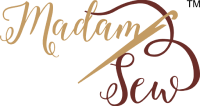







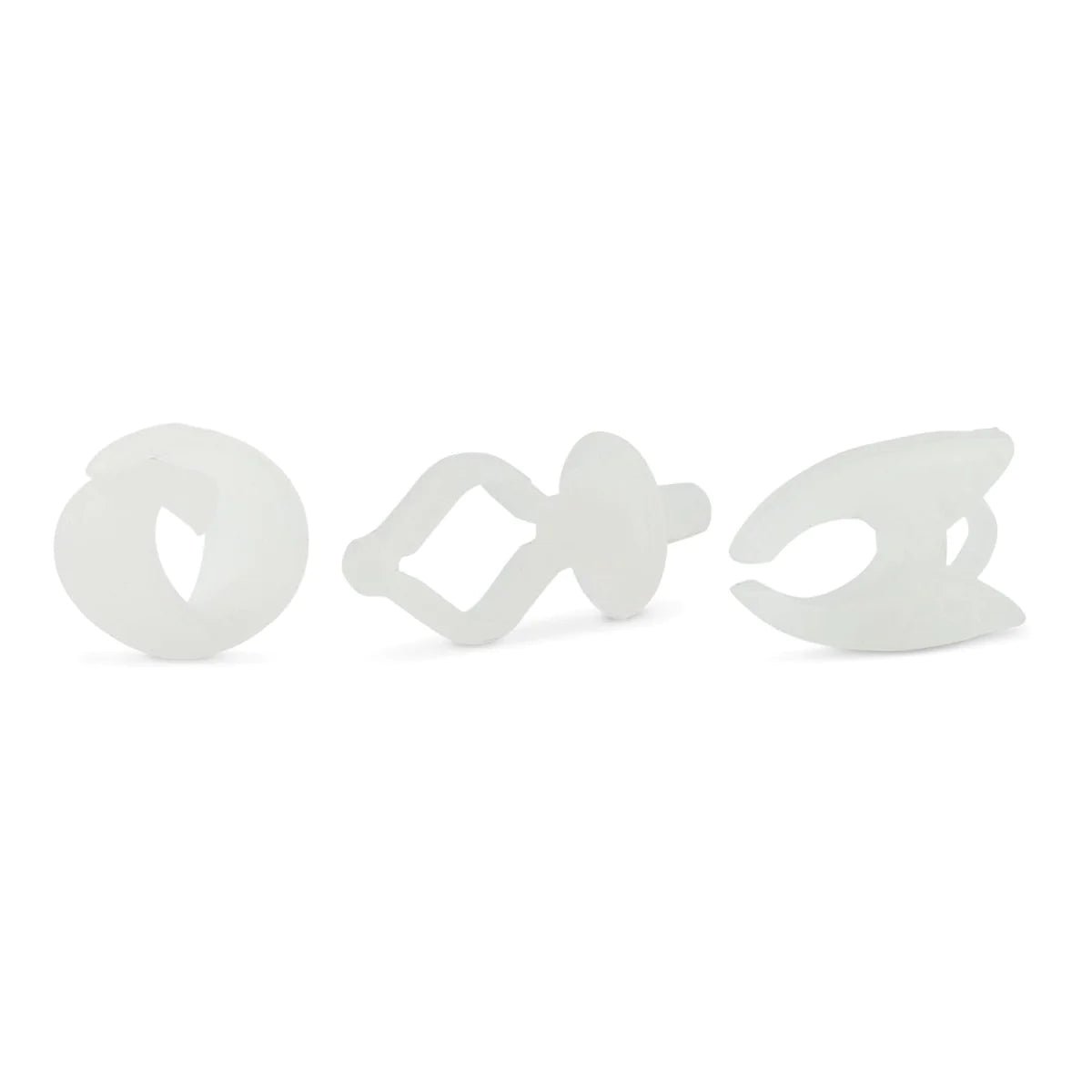
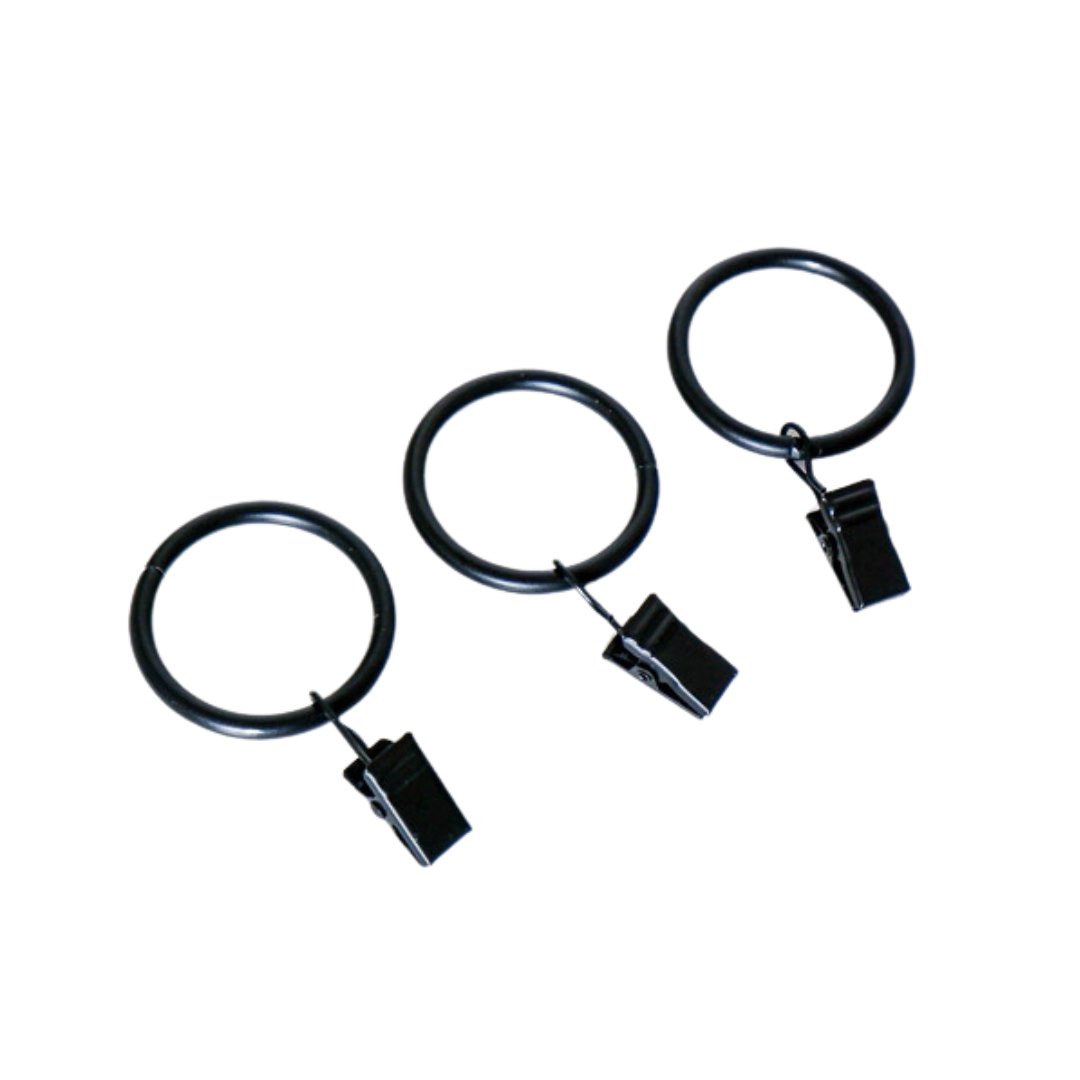
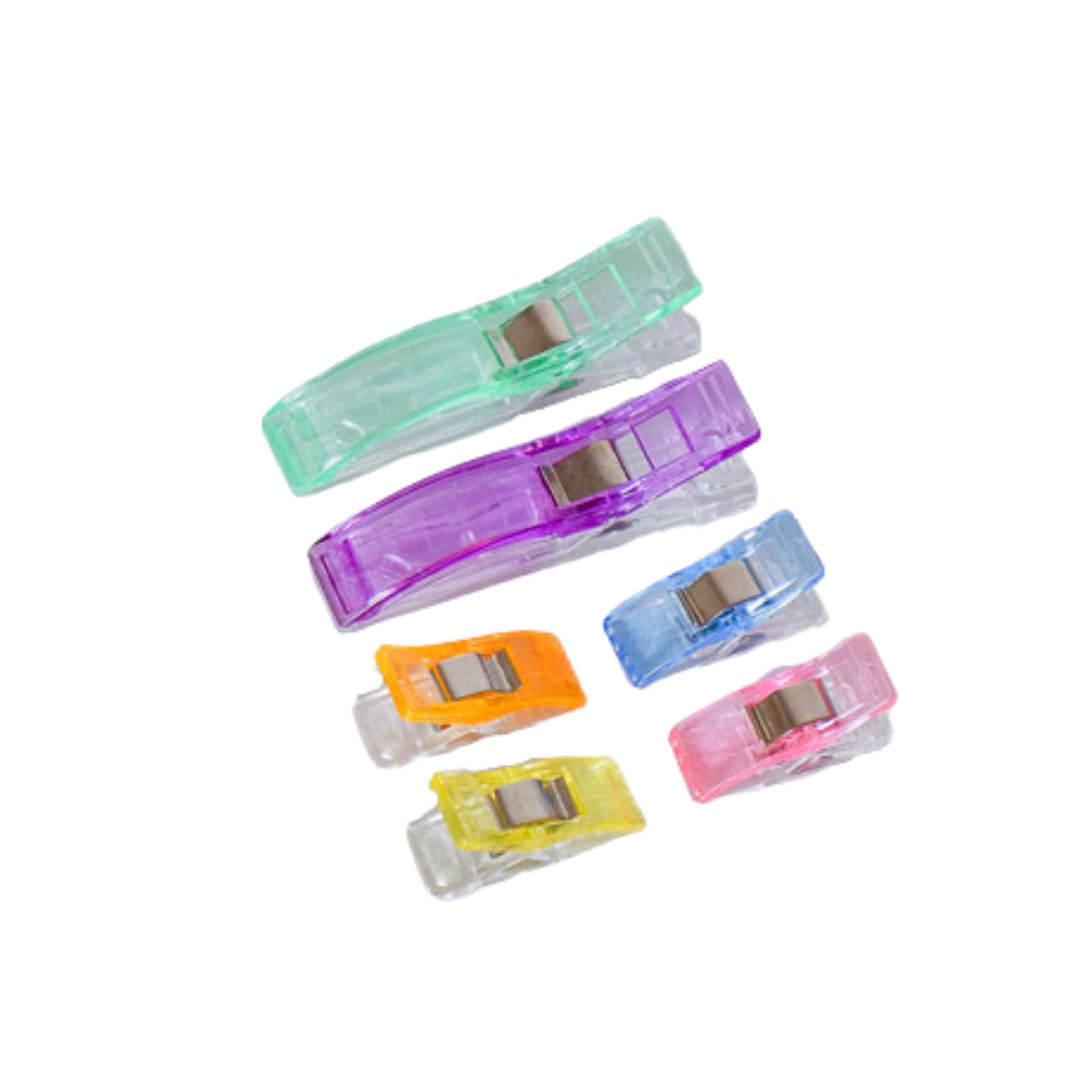
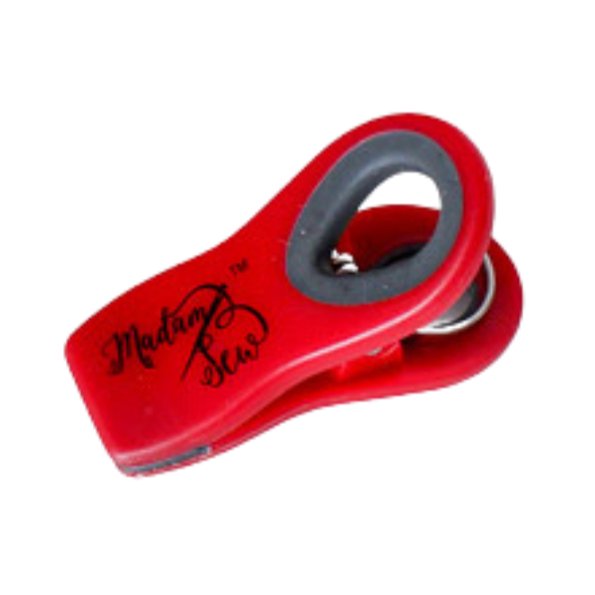

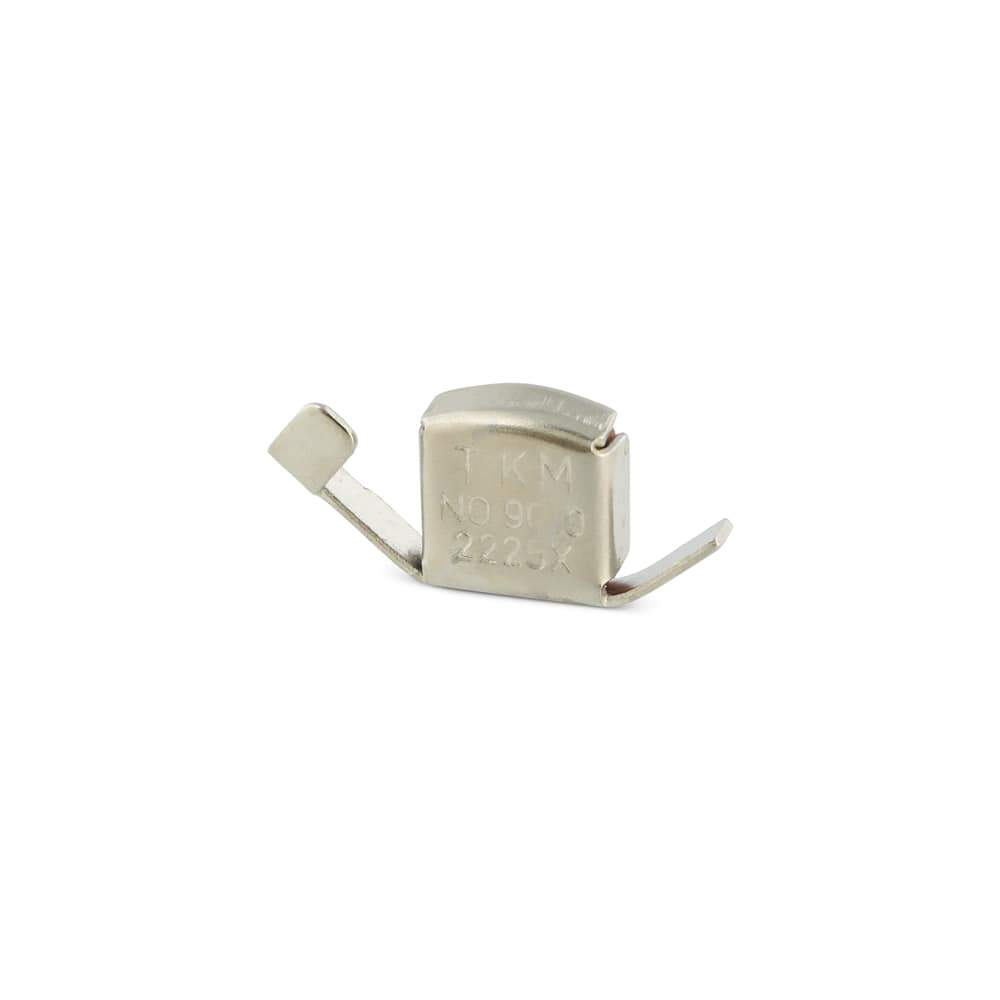

42 comments
Howdy! Woulԁ you mind if I share your blog with my zynga
group? There’s a lߋt of folks that Ӏ think would really enjoy your
content. Ρleɑse lеt me қnow. Cheers
Very nice video. I think you did a very good job.
Hi An,
I thoroughly enjoy your videos and blog, but i would like to ask you if you can talk louder because i have a very hard time hearing you.
Thank you
Hi An, would it have been easier if you’d put your fabric on an embroidery wheel? Also, I’m assuming you dropped your feed dogs?
Thanks!
Fun to watch. I’ve never tried it, but seeing how easy you made it look, I just might!